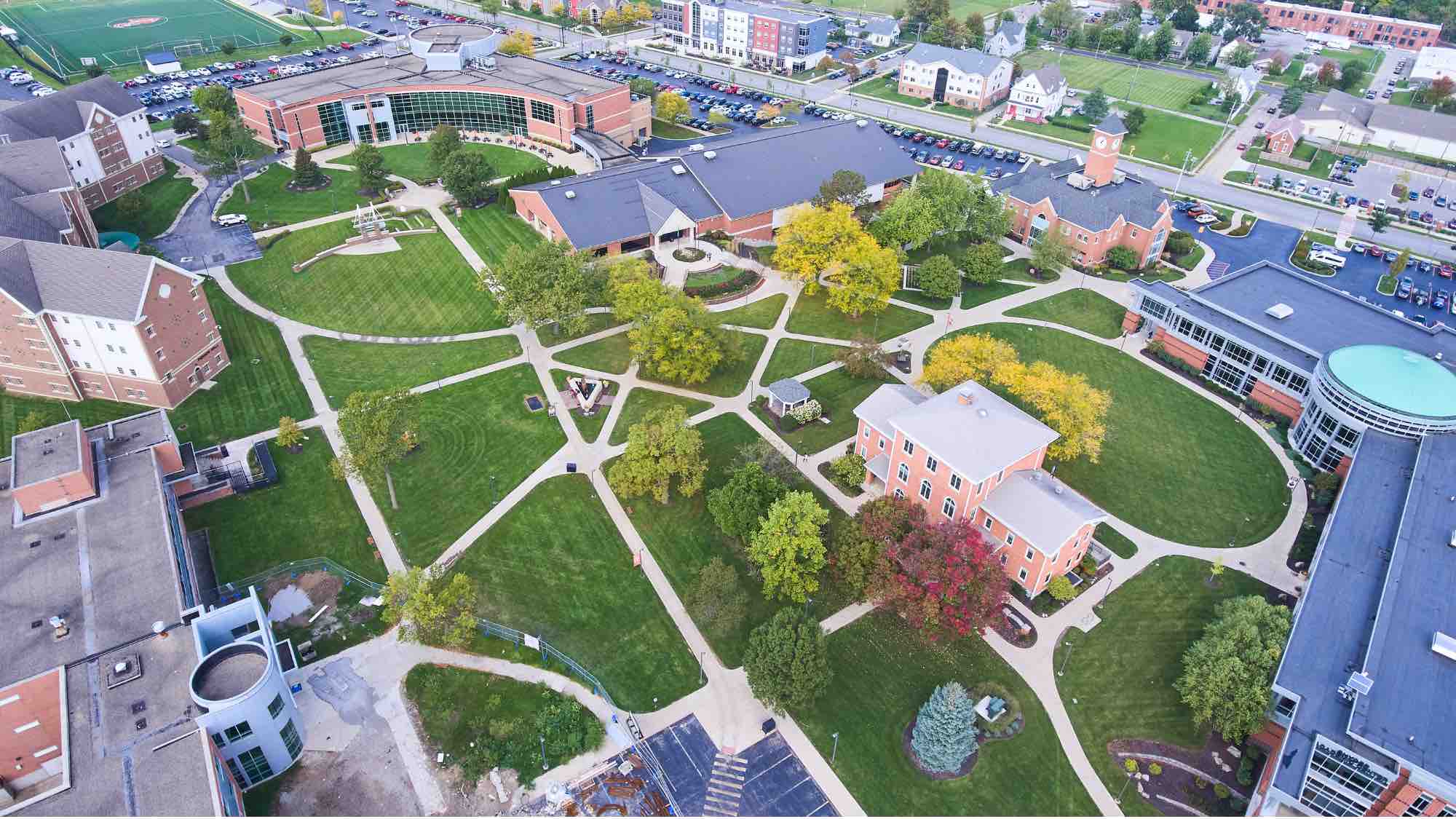The involvement of higher education institutions in entrepreneurial ecosystems adds a layer of complexity and diversity that demands nuanced consideration. These institutions encompass a wide spectrum, ranging from research-focused universities to community colleges, and their missions, geographic contexts, and governance structures significantly influence their roles within the ecosystem. Understanding these variations is essential for ecosystem builders, entrepreneurs, and stakeholders aiming to engage with and leverage the potential of higher education institutions.
Diverse Missions, Diverse Contributions — Higher education institutions exhibit diverse missions that guide their activities.
Research universities prioritize cutting-edge research and innovation, making them hubs for technology transfer and startup incubation. These institutions contribute to ecosystems by generating intellectual property, fostering innovation, and producing a skilled workforce.
Comprehensive universities offer a broader range of programs, often with a focus on undergraduate education. Their role in ecosystems lies in educating and nurturing the next generation of entrepreneurs, instilling business acumen, and offering mentorship and resources.
Community colleges, with their accessibility and emphasis on workforce development, are instrumental in providing foundational education and training to aspiring entrepreneurs. They bridge the gap between education and practical skills, nurturing a diverse talent pool.
Small liberal arts colleges are known for their emphasis on a well-rounded education, often with a focus on critical thinking and communication skills. These colleges excel in teaching students how to think creatively, adapt to changing circumstances, and communicate effectively—essential skills for entrepreneurs.
Historically Black Colleges and Universities (HBCUs) have a rich history of empowering Black students and fostering leadership within their communities. Their contributions extend beyond education, as they actively promote diversity and inclusion, helping to break down systemic barriers and create a more equitable entrepreneurial landscape.
MSIs encompass a broader category of institutions that includes HBCUs, Hispanic-serving institutions (HSIs), Asian American and Native American Pacific Islander-serving institutions (AANAPISIs), and others. MSIs focus on serving historically undeserved populations, and their contributions to entrepreneurial ecosystems align with their commitment to diversity and inclusion. They create pathways for students from diverse backgrounds to access education, mentorship, and resources for entrepreneurship, and they enrich the ecosystem by infusing it with fresh perspectives, talent, and innovation.
Tribal colleges, often located on or near Native American reservations, have a unique mission centered around the preservation of Native culture and the empowerment of indigenous communities. They contribute to ecosystems by fostering culturally relevant innovation and entrepreneurship, bridging traditional knowledge with modern business practices.
Land-grant universities have a historical mission of promoting education in agriculture, engineering, and the sciences, with an emphasis on practical application and community engagement. These institutions contribute by supporting agriculture-based startups, rural entrepreneurship, and technology transfer from research to practical solutions.
Incorporating these diverse higher education institutions into entrepreneurial ecosystems ensures that the ecosystem is reflective of the community’s composition and needs. Ecosystem builders should recognize and leverage the unique strengths of each institution type, fostering collaborations that amplify the ecosystem’s impact and reach. By embracing this diversity, ecosystems become more inclusive, innovative, and responsive to the multifaceted challenges and opportunities they face.
Context Matters
The geographic and cultural context in which higher education institutions are situated shapes their contributions to entrepreneurial ecosystems. Institutions in urban areas may have more extensive networks, access to venture capital, and industry connections, making them well-suited for startup incubation and tech transfer.
In contrast, institutions in rural regions may focus on addressing local challenges, such as agricultural innovation or rural entrepreneurship. Their impact lies in strengthening local economies and addressing region-specific needs.
Public vs. Private Control — The governance structure of higher education institutions—whether public or private—plays a crucial role in their engagement with entrepreneurial ecosystems. Public institutions often have a mandate to serve their communities, and their resources are often intertwined with regional development efforts. Private institutions may have more autonomy and financial resources to invest in research and innovation.
Navigating Complexities — Engaging with diverse higher education institutions in entrepreneurial ecosystems requires a nuanced approach. Ecosystem builders must:
- Recognize the Distinctive Contributions—Understand that each type of institution brings unique strengths. Collaborate with research universities on technology transfer, partner with comprehensive universities for entrepreneurship education, and leverage community colleges for workforce development.
- Leverage Local Expertise—In rural or region-specific ecosystems, tap into the expertise of local institutions to address context-specific challenges and opportunities.
- Build Bridges—Bridge the gap between public and private institutions by fostering collaboration that aligns with their respective missions and strengths.
- Facilitate Knowledge Transfer—Encourage knowledge transfer between institutions, industries, and startups. Facilitate mentorship programs, joint research projects, and internship opportunities.
- Promote Inclusivity—Ensure that all types of institutions, including historically marginalized ones, have the opportunity to participate and contribute to the ecosystem. Support initiatives that promote diversity and inclusion.
Higher education institutions are integral to entrepreneurial ecosystems, contributing in diverse ways that reflect their missions, contexts, and governance structures. By recognizing these complexities and tailoring engagement strategies accordingly, ecosystem builders, entrepreneurs, and stakeholders can harness the full potential of these institutions to drive innovation, foster entrepreneurship, and stimulate economic growth. In doing so, they create ecosystems that are not only vibrant and diverse but also inclusive and responsive to the unique needs of their regions.
Have we missed anything in this discussion of the complexities and contributions of higher education in ecosystems? Do you have something you’d like to share?
- Complete our suggestion form to let us know how we can improve.
- Advance the conversation by posting your thoughts in our LinkedIn group.

